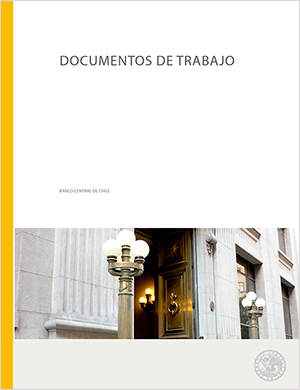Working Papers N°877: Sticky Capital Controls
Publications
Working Papers N°877: Sticky Capital Controls
Autor: Miguel Acosta-Henao , Laura Alfaro , Andrés Fernández
Description
There is much ongoing debate on the merits of capital controls as effective policy instruments. The differing perspectives are due in part to a lack of empirical studies that look at the intensive margin of controls, which in turn has prevented a quantitative assessment of optimal capital control models against the data. We contribute to this debate by addressing both positive and normative features of capital controls. On the positive side, we build a new dataset using textual analysis, from which we document a set of stylized facts of capital controls along their intensive and extensive margins for 21 emerging markets. We document that capital controls are "sticky"; that is, changes to capital controls do not occur frequently, and when they do, they remain in place for a long time. Overall, they have not been used systematically across countries or time, and there has been considerable heterogeneity across countries in terms of the intensity with which they have been used. Onthe normative side, we extend a model of capital controls relying on pecuniary externalities augmented by including an (S; s) cost of implementing such policies. We illustrate how this friction goes a long way toward bringing the model closer to the data. When the extended model is calibrated for each of the countries in the new dataset, we find that the size of these costs is large, thus substantially reducing the welfare-enhancing effects of capital controls compared with the frictionless Ramsey benchmark. We conclude with a discussion of the structural interpretations of such costs, which calls for a richer set of policy constraints when considering the use of capital controls in models of pecuniary externalities.
Working Papers N°877: Sticky Capital Controls
Boxes and graphics

